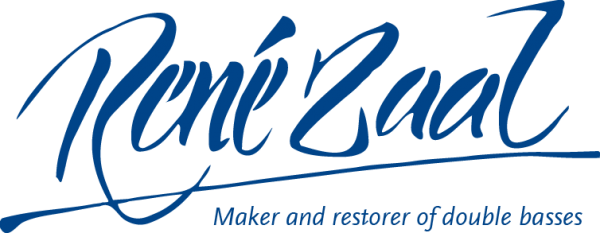

 From 1978 to 1981 René Zaal(Wageningen, 18 september 1956) followed a violinmaking course at the Newark School of Violinmaking in England. He then worked for 2 years with violinmaker Loerakker in Haarlem, where he gained additional experience in repairing and restoring stringed instruments. In 1983 he set himself up as an independent violinmaker in Arnhem. He later moved to Doesburg and, in 1997, to Bemmel. René Zaal is specialised in making, restoring and dealing in double basses.
From 1978 to 1981 René Zaal(Wageningen, 18 september 1956) followed a violinmaking course at the Newark School of Violinmaking in England. He then worked for 2 years with violinmaker Loerakker in Haarlem, where he gained additional experience in repairing and restoring stringed instruments. In 1983 he set himself up as an independent violinmaker in Arnhem. He later moved to Doesburg and, in 1997, to Bemmel. René Zaal is specialised in making, restoring and dealing in double basses.